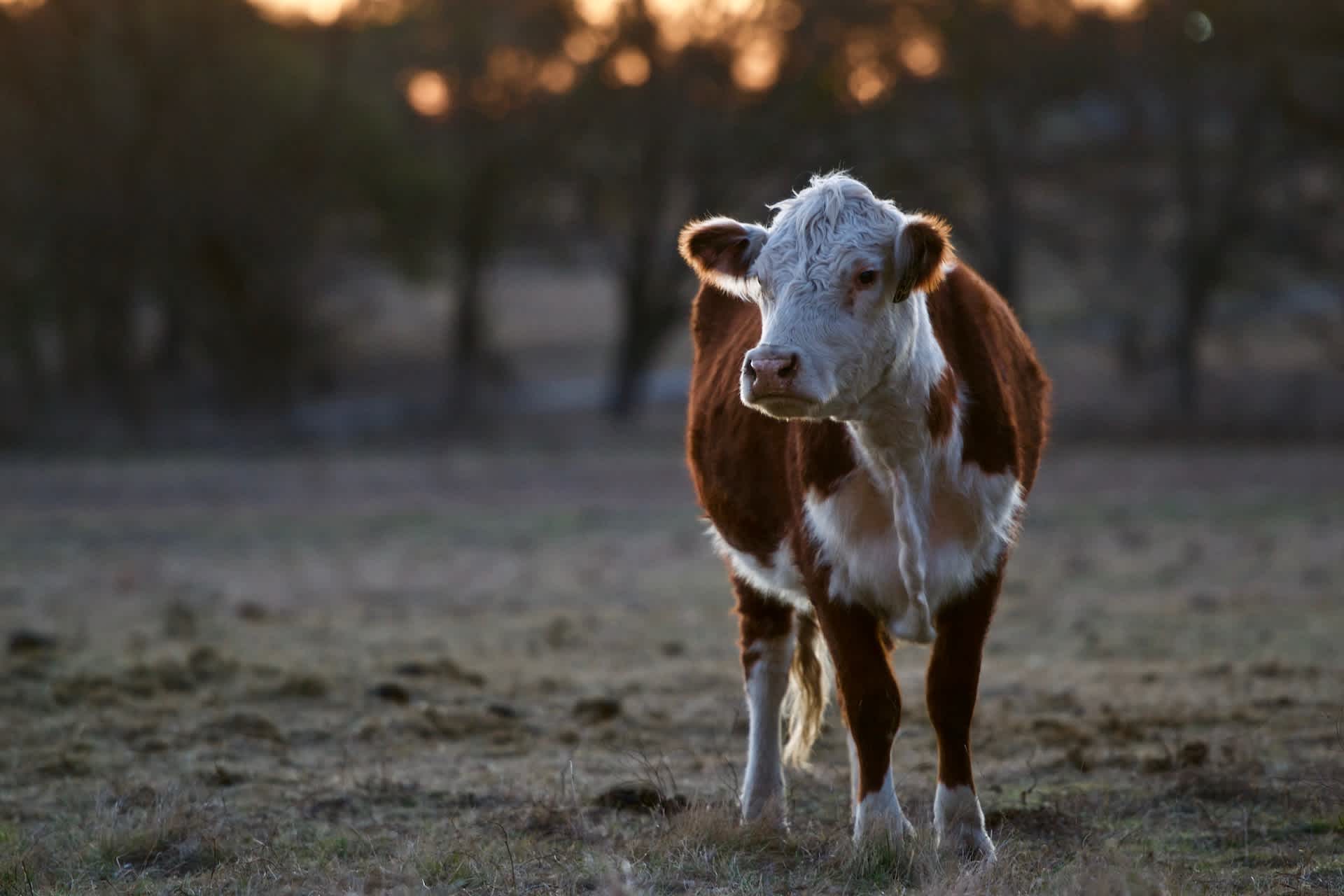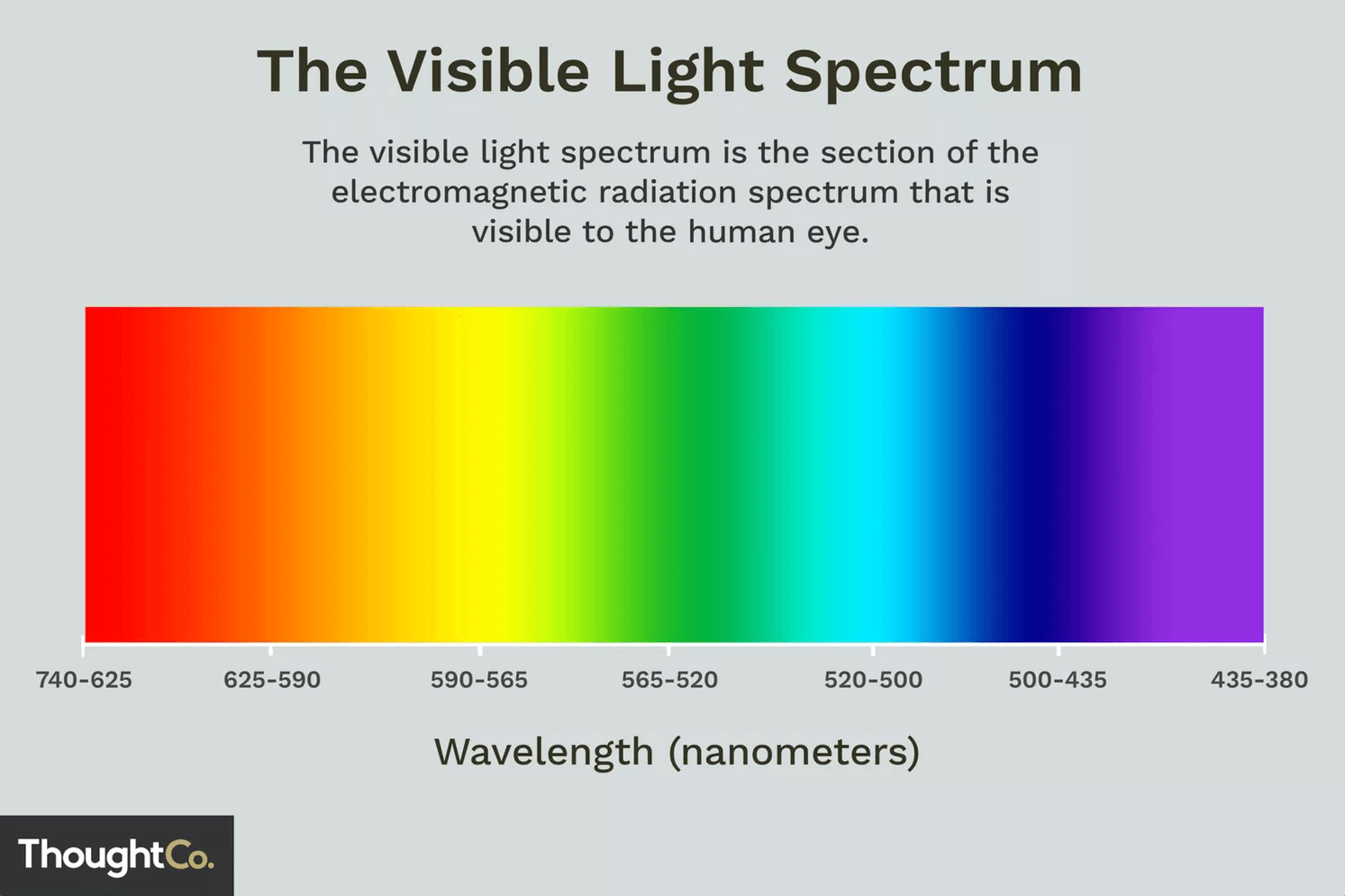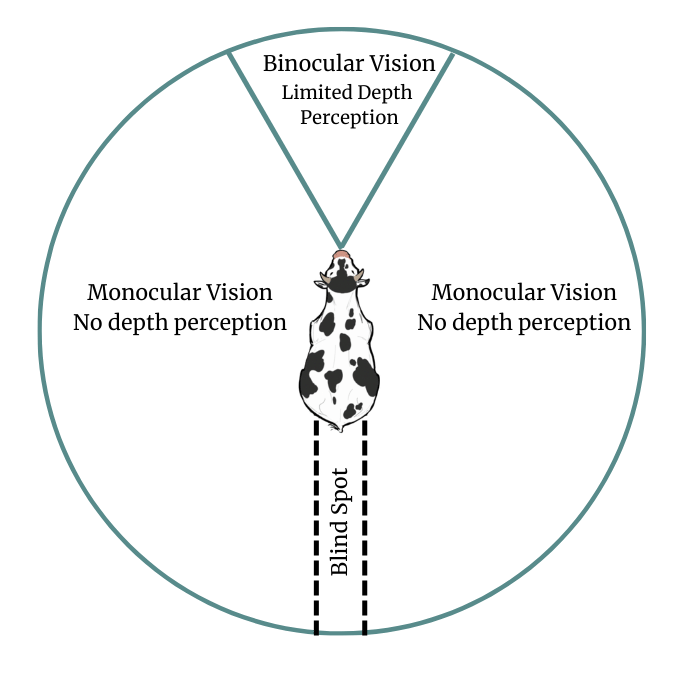Can Cows See in the Dark?
Published: January 11, 2023

Cows are well known for their gentle nature and demeanor, but what you may not know is that their eyes have a special benefit that allows them to see in the dark.
In this article, we'll explore the science behind their unique eye structure as well as some additional interesting facts that you may not have known (hint: it has to do with dim light)
By the end of the article, you'll have a better understanding of how their eyes work!
Can Cows See in the Dark?
Yes, cows can see in the dark mainly due to the special reflecting system called tapetum lucidum (Latin for "bright tapestry"). This allows light to bounce off the membrane, making it easier for them to see in low-lit conditions such as when only stars or moonlight are available.
Cows, however, do not have the same level of night vision compared to other nocturnal animals such as owls or cats. After all, cows are not considered nocturnal.
As such, cows may have more difficulty seeing the finer details and distinguishing between objects when they are in complete darkness.
Can Cows See in Complete Darkness
Although cows can take advantage of just a small amount of light, they cannot actually see in complete darkness. As a result, cows need to rely on their other senses such as hearing and smell to help them navigate during the dark hours.
Why do Cows Need to See in the Dark?
Cows can benefit from seeing in the dark in the following ways:
spotting and avoiding prey animals
easily find their food any time of day
helping them navigate the terrain around them
avoiding obstacles that are in their way
to find other members in the herd to socialize
Along with their other senses, having the ability to see in the dark helps ensure they live long healthy lives.
What Colors Can Cows See?
When it comes to colors, cattle aren't able to see the full spectrum of colors that humans can. Light vision can be brown down into rods and cones.
Rods are what allow for night vision whereas cones allow for color vision. For example, humans are known as trichromats meaning we have three cones for color reception. Where humans accelerate in color vision compared to dichromats (two color cones), we lack in night vision (due to a lower number of rods).
Conversely, cows have fewer cones than humans, but more rods that provide better night vision.

The National Library of Medicine expands further:
Mammals, including cattle have two major types of photoreceptors, cones and rods, that are involved in vision. Cattle, like most mammals, are dichromats and have short-wavelength-sensitive (S-cones) and medium- to long-wavelength-sensitive cones (ML-cones) with opsins peaking at 451 (blue) and 555 (greenish-yellow) nm, respectively.
Put another way, cows have two receptor cones which are the light-sensitive cells in the retina. It's these two cones that allow them to process color within those wavelengths in nanometers (nm).
Additionally, in this study from the Journal of Dairy Science, the findings state that cows were able to distinguish red (long) from blue (short) or green (medium) wavelength of light. However, they had challenges when it came to differentiating green from blue.
Why Do Cow Eyes Glow ("Eyeshine")?
Have you ever driven through the night to notice that certain animal species, including cows, have what is referred to as "eyeshine?"
The reason their eyes glow when there is a light source shone on them is from tapetum lucidum just behind their retina. It's because of this iridescent tissue which is actually processing the light twice through this reflective layer back to the viewer which causes the eyes to "glow" at night.
A natural benefit of a cow's eyeshine to us is that it allows us to spot potentially dangerous animals well before we are near them.
How Many Degrees Can Cows see?

Cows have a panoramic vision which accounts for nearly 360 degrees of view around them due to the placement of their eyes on the sides of their heads. This allows them to spot potential predators from nearly all directions.
On both sides, cows have monocular vision which accounts for the large majority of their field of vision, and looking ahead, they have a binocular field of vision with limited depth perception.
The only spot cows cannot see is directly behind them as this is their primary blind spot.
Conclusion
The tapetum lucidum is the reflector system that cows have just behind their retinas which gives them the characteristics of "eyeshine" as well as the ability to see in very low light levels.
With their panoramic vision (nearly 360 degrees), cows are able to look out for predators and navigate safely in unfamiliar terrain even at night! Just make sure not to approach a cow from directly behind them in their blind spot.
Understanding a cow's vision is just one factor in running a successful cattle farm. We hope that you've learned a few fun facts about these wonderful animals.
Keep track of all your cattle with the #1 Cattle Management Software
Try out Ranchr today for free